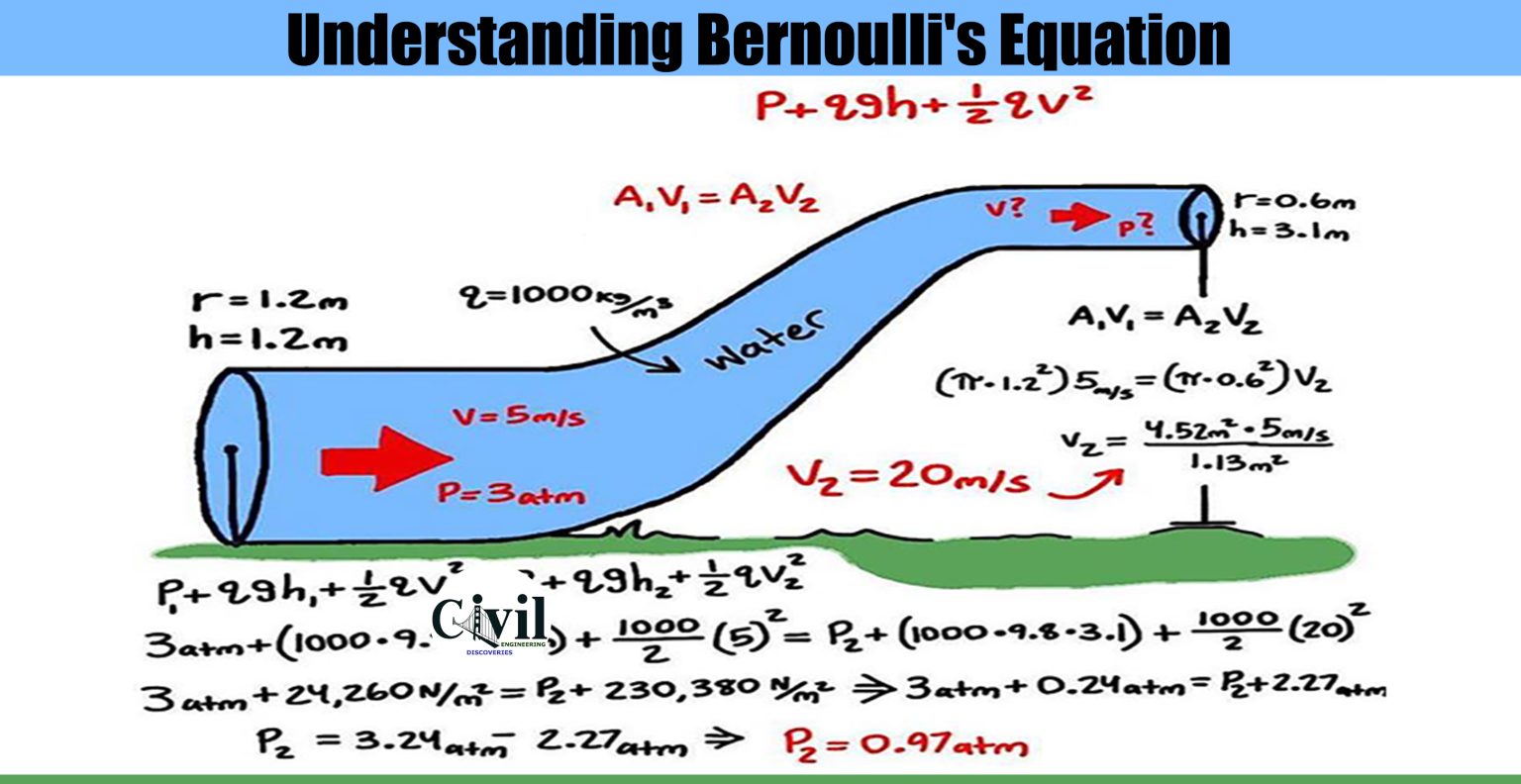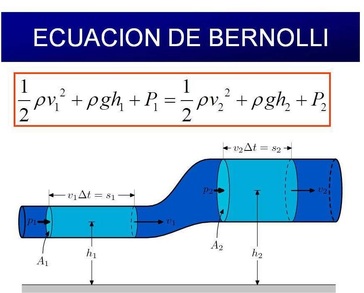

If the air pressure is not even, the greater pressure pushes an object in the direction of the weaker (or lower) pressure. We are unaware of this pressure because it is evenly pressing all around us. This mass is made up of molecules, moving in rapid random motion, and exerts a force called air pressure. Air is composed of several invisible gases that have mass. To understand this principle, we need to understand air pressure. Wings and tails need to be movable so that their shapes can be changed to control their flight. Their angle of attack is increased to ensure their lift continues to support their weight as they slow down. If it is too great, the flow of air over the top of the wing will no longer be smooth and the lift suddenly decreases.īirds and planes change their angle of attack as they slow to land. There is a limit to how large the angle of attack may be. Increasing the angle of attack means the air flowing over the top is turned downwards even more and the air meeting the lower surface is also deflected downwards more, increasing lift. Speeding up means the wings force more air downwards so lift is increased. To produce more lift, the object must speed up and/or increase the angle of attack of the wing (by pushing the aircraft’s tail downwards). The amount of lift depends on the speed of the air around the wing and the density of the air. Both the upper and lower surfaces of the wing act to deflect the air. A wing’s trailing edge must be sharp, and it must be aimed diagonally downwards to create lift. The action of the wing on the air is to force the air downwards while the reaction is the air pushing the wing upwards. If the wing is angled correctly, the air is deflected downwards. This is the angle of attack or the angle at which the wing meets the airflow.Īs air flows over the surface of a wing, it sticks slightly to the surface it is flowing past and follows the shape. Based on this law, wings are forced upwards because they are tilted, pushing air downwards so the wings get pushed upwards. Newton’s third law of motion states that, for every action, there is an equal and opposite reaction. However, part of it is compatible with Newton’s third law of motion as an explanation. Many scientists now believe it is incorrect to use this principle as it has been used. Scientists are currently considering the Bernoulli principle concerning its explanation for flight.


Science ideas and concepts are constantly being challenged.


 0 kommentar(er)
0 kommentar(er)
